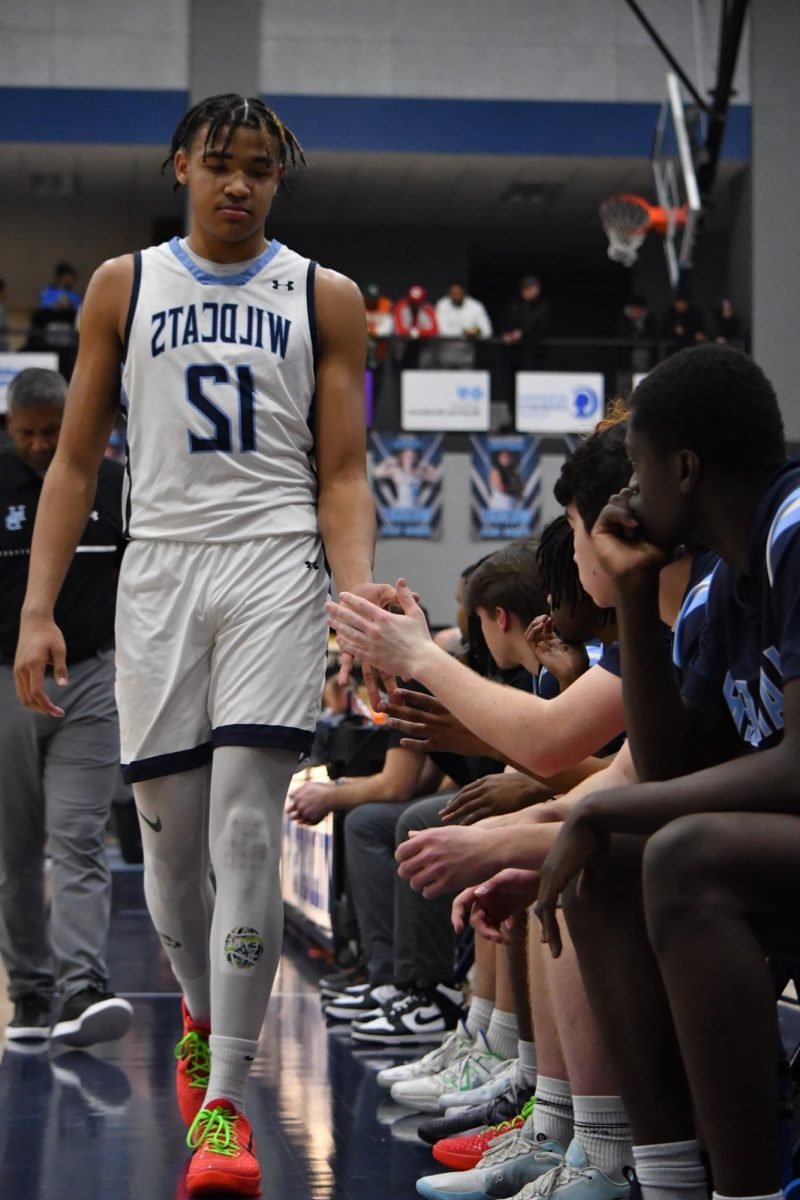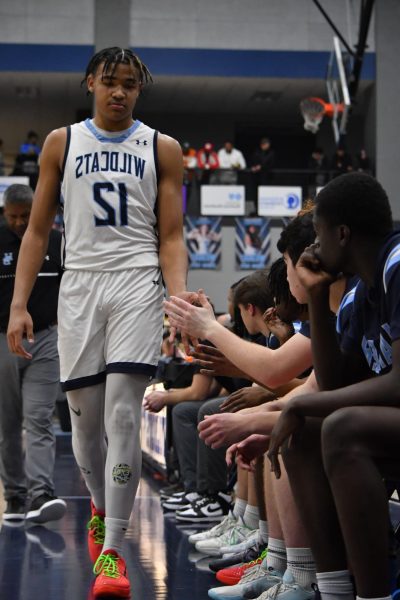Printerless
October 9, 2015
Students swarmed around English teacher Amy Johnson’s desk in an impatient line, awaiting their turn at the single printer. Johnson’s english classes are required to write multiple essays throughout the year, type them on a Chromebook, and then normally print their papers for review.
“When students write an essay that they are finishing with a final draft, I need to be able to write commentary on their work. I think that although I could comment on a shared document, it is more effective to mark directly on a printed out page,” said Johnson.
Teachers either have the choice to change their plans that they have had in previous years, or take on the task of allowing students to use their personal printers.
“I don’t plan for students to have access to a printer. I also don’t have Chromebooks of my own. So, I have students email or share their work and I print it for them,” said parenting teacher Kimberly Oliver.
Due to the increase in student body, rooms that were previously used as computer labs are now utilized as regular classrooms. “Last year we had the two labs to go use. I think it was good that students could go and use them with common sense,” said Johnson.
Although it has been very common that a teacher would take their class for a “lab day” to have access to computers and printers, that is not the only time that students use the lab. Oliver
explained that in the past she had required students to have everything on the day that they would go to the lab, but now without that access, she does not plan for printing.
“My printer at home doesn’t always work, so I have normally just relied on going to the lab. I don’t know what I will do now that that is not available,” said senior Sara Davis.
Students like Davis now have no way to print at school if their assignment requires a typed piece that has to be turned in. This struggle causes teachers a lot of personal, out-of- pocket expense. Printer cartridges alone can range from 30-50 dollars.
“I offered to print their papers myself and over 90% of my class took that opportunity,” said Johnson. This takes up class time and pushes back previously planned assignments.
Johnson feels as if the school should have a free printing process open for students. Her idea is that the library should have a small lab in it that students can access, as well as a network printer. Once again, advising that students would have to use “common sense” and print a reasonable amount, but that it is needed. “I’ve emailed the principals and I haven’t gotten a response yet,” said Johnson.
Davis agrees with Johnson in saying that it is “…unfair for the library to charge students to print, if that is their only access to a printer.”













